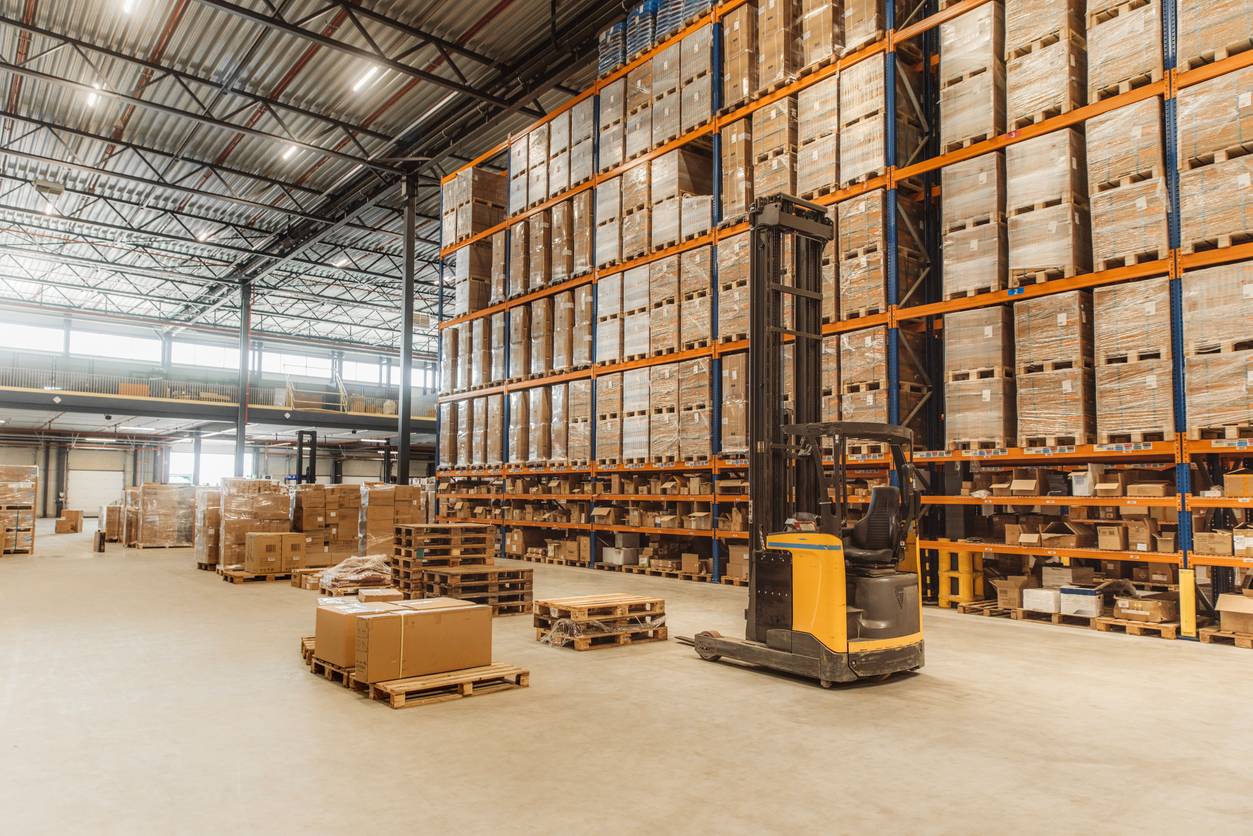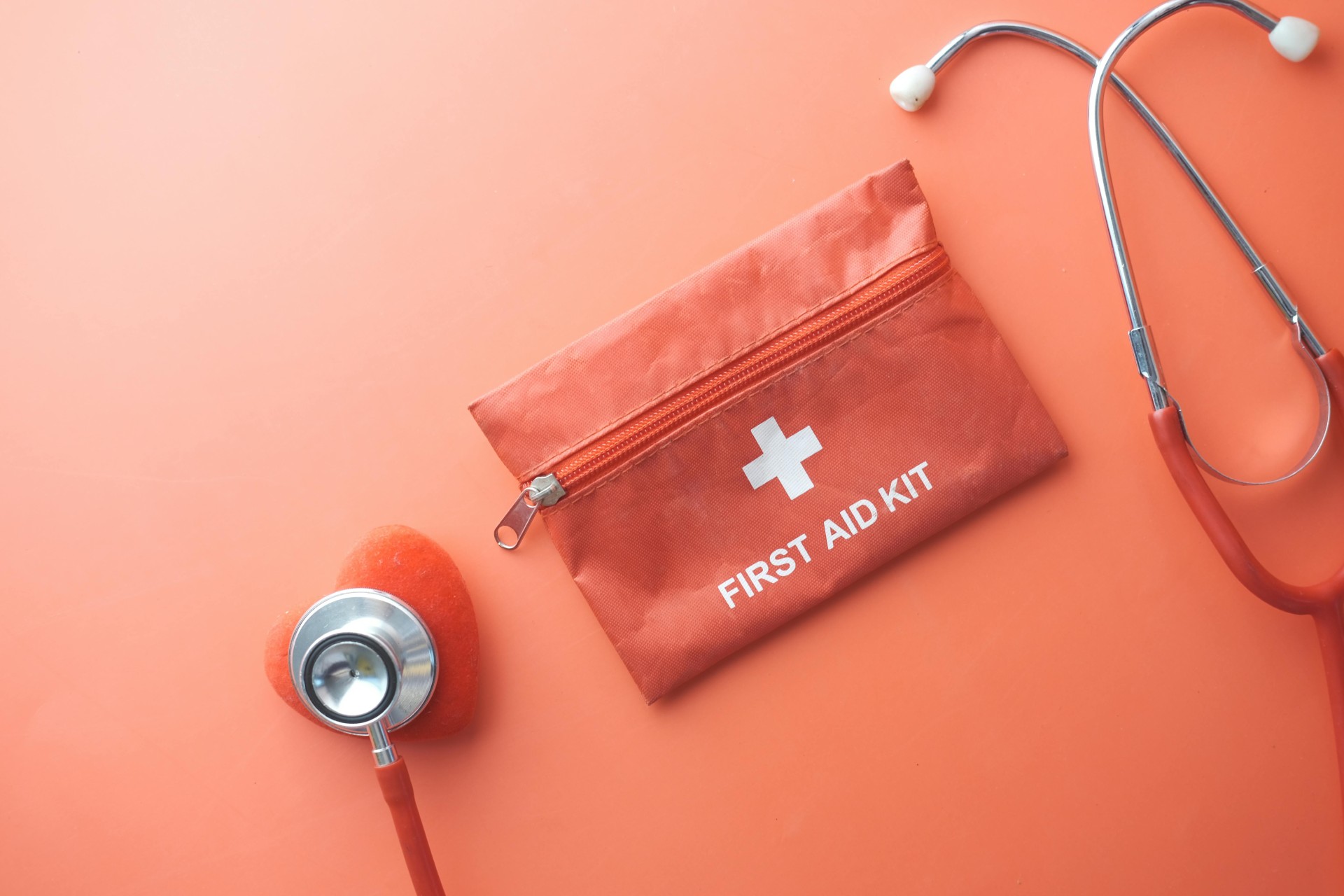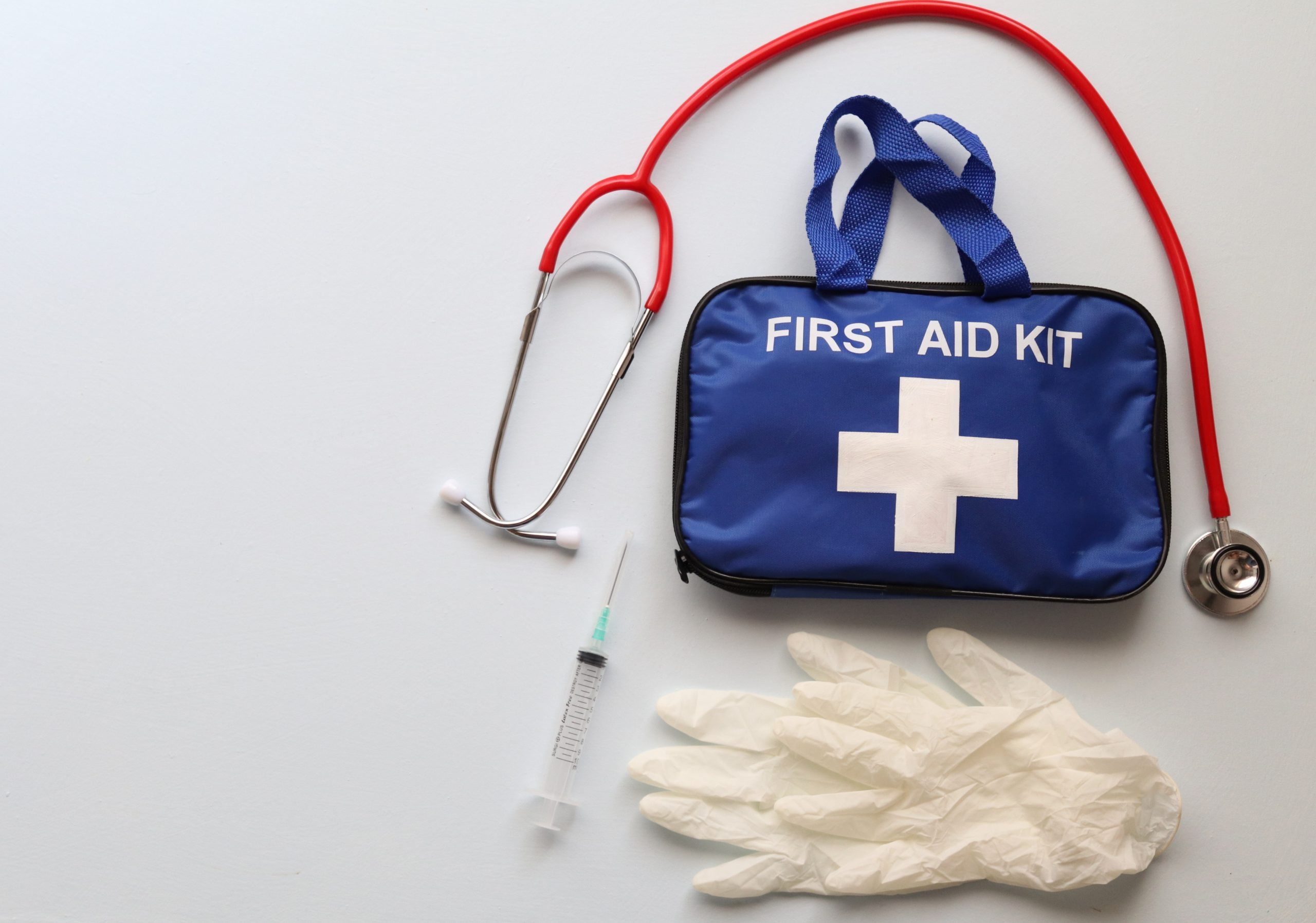Accidents happen at work, even in workplaces where there are no obvious and immediate risks to people’s safety. In 2021, 441,000 people self-reported non-fatal injuries they sustained at work. In cases where people do get hurt, your staff needs to be able to administer first aid. First aid training is therefore a crucial part of preparing your organisation for such events.
In this article, we’ll be looking at the foundational elements of first aid to better understand why it is important and how to put this knowledge into practice.
What are the Basic Principles of First Aid?
There are three basic principles of first aid that guide its implementation, which are commonly called the Three P’s of First Aid.
Preserve Life
At the core of first aid is the ultimate goal of keeping casualties alive. Actions must be taken as soon as possible so that the injured party is not in immediate danger of dying. Part of the principle of preserving life includes preserving one’s own life, which means a first aider should not be putting themselves or any other person in danger just to administer first aid.
Prevent Deterioration
Once the casualties are no longer in immediate danger of dying, a first aider must take action to prevent the injured persons conditions from getting worse. For example, this might mean keeping a person still so as not to aggravate their injury, or removing any object from the area that might obstruct proper breathing.
Promote Recovery
The final basic principle of first aid is to reduce the time it takes for an injured person to recover from their condition. This includes taking action to minimise lasting damage. Running cold water over a burn is one such example, as doing so hastens recovery while lowering the possibility of scarring.
Implementing the Basic Principles of First Aid at Work
The three principles of first aid are put into practice at work through five key steps:
Take immediate action
The difference between life and death can be measured in seconds, so to preserve life, a first aider must be able to take immediate action. For example, a person who is choking or bleeding profusely has to be attended to quickly. There should be no hesitation to provide first aid, which can only be done with adequate training.
Calm down and provide reassurance
It is understandable for people to panic when experiencing an accident that results in casualties, but first aiders have to stay calm. Doing so prevents situations from escalating and getting worse, and allows first aid to be administered properly. A first aider should reassure the injured and other concerned parties that the situation is under control.
Call for medical assistance
First aid is emergency care. It is vital treatment, but it does not solve a medical problem in a comprehensive manner. First aiders need to contact a medical professional as soon as possible, or ask someone to do so if their attention is focused on administering first aid. Provide important information such as location, name and number of the person contacting emergency services, and key details of the situation like what happened, who is hurt, and how bad is their condition.
Administer the relevant treatment
First aid has to be applied while waiting for a medical professional. What kind of first aid depends on certain conditions. There are five things to check on an injured person to get a baseline understanding of what needs to be done.
- Are they conscious?
- Are they breathing?
- Are their airways obstructed?
- Is their heart still beating?
- Are they bleeding?
Debrief
For the workplace’s health and safety procedures, doing the paperwork to record the events is critical in preventing future incidents and improving emergency response. First aid kits must also be restocked.
The period after an accident and first aid has been provided can be stressful for the first aider. There may be thoughts of not having done enough, which is a natural and human response. However, it’s important to reflect on the fact that without the first aider being there to do anything, the situation may have gotten even worse. Decompressing and talking to others may help.
Legal Requirements for First Aid in the Workplace
First aid isn’t just a necessity at work for practical reasons. There are laws about first aid in the workplace that organisations have to follow.
The Health and Safety (First-Aid) Regulations 1981 is the primary legislation for first aid at work. It requires employers to provide adequate and appropriate equipment, facilities, and personnel for immediate first aid treatment for their employees if they are injured or get sick at work. Employers of all sizes, including those with less than five employees and the self-employed.
Employers are also required to conduct a First Aid Needs Assessment to identify what kind of training their first aiders will need, how many first aiders are necessary, and where they should be stationed.
Major things to consider when conducting a First Aid Needs Assessment include:
- What kind of work is being done
- What are the workplace risks and hazards
- How big the organisation is
- What medical conditions employees may have
- How far away the site is from emergency medical services
The number of first aiders a workplace should have depends on the level of risk and the size of the organisation.
Low-risk workplaces
- Fewer than 25 employees — At least 1 appointed person for first aid arrangements, no first aider required
- 25 to 50 employees — At least 1 first aider trained in an Emergency First Aider at Work (EFAW) course
- More than 50 employees — At least 1 first aider trained in a First Aider at Work (FAW) course for every 100 employees
High-risk workplaces
- Fewer than 5 employees — At least 1 appointed person
- 5 to 50 employees — At least 1 first aider trained in FAW or EFAW, depending on what injury needs to be treated
- More than 50 employees — At least 1 first aider in FAW for every 50 employees
Workplace First Aid Courses to Take
As mentioned in the requirements for the number of first aiders at work, they also need certification from two types of workplace first aid courses.
Emergency First Aid at Work
EFAW is a course designed for first aiders in low-risk workplaces such as offices and shops. Taking this course equips a trainee with the following skills:
- Assess and monitor a casualty
- Report and record accidents
- Administer first aid to an adult casualty who is:
- Unconscious
- Unresponsive and not breathing
- Unresponsive and breathing
- Choking
- Wounded and bleeding
- Suffering from shock
First Aid at Work
FAW is a course designed for first aiders in high-risk workplaces such as construction sites and factories. Taking this course equips a trainee with the following skills:
- Assess and monitor a casualty
- Report and record accidents
- Identify the presence of and administer first aid for major illnesses such as:
- Heart attack
- Stroke
- Epilepsy
- Asthma
- Diabetes
- Administer first aid to an adult casualty who is:
- Unconscious
- Unresponsive and not breathing
- Unresponsive and breathing
- Choking
- Wounded and bleeding
- Suffering from burns and scalds
- Suffering from shock
- Suffering from anaphylactic shock
- Suffering from skeletal and muscular injuries, including spinal injuries
- Suffering from chest injuries
- Suffering from eye injuries
- Poisoned
Make sure your organisation is prepared for emergencies and enrol your staff in H&S Dept’s first aid training courses. We have both First Aid at Work and Emergency First Aid at Work courses, along with Paediatric First Aid and Emergency Paediatric First Aid Courses.





